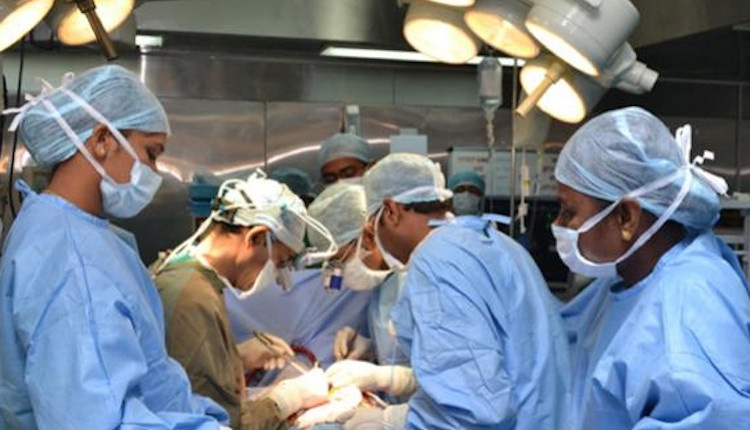
Contamination of materials in a hospital environment: discovering Proteus infection
Proteus infection is often contracted in hospitals through contamination of various materials, e.g. catheters
Risk factors include recurrent urinary tract infections, repeated treatment with antibiotics, urinary tract obstructions, and the use of urethral instruments.
Proteus infection is also more common among women, long-term catheter users and those with other diseases.
Symptoms and diseases associated with Proteus infection
Health problems associated with Proteus infection include:
- cystitis
- pyelonephritis
- urethritis
- prostatitis
- stones, including chronic or recurrent stones (which may indicate the presence of a chronic infection)
- sepsis
Depending on the case, symptoms may therefore include
- difficulty urinating
- presence of pus in the urine
- increased frequency of urination
- in men, urethral discharge
- pain above the pubis
- back pain
- pain in the side
- sensitivity to touch in the area below the ribs
- presence of blood in the urine
- reduction in the volume of urine, which may have a concentrated appearance
- fever
- chills
- nausea
- vomiting
- in rare cases, touch-sensitive kidneys
What is a Proteus infection?
The genus Proteus, a member of the Enterobacteriaceae family, is a group of Gram-negative bacteria (bacilli to be precise) commonly found in the human intestinal flora and in various environments, including hospitals and nursing homes.
In particular, Proteus mirabilis is considered to be the cause of 90% of infections contracted outside hospital settings, while Proteus vulgaris and Proteus penneri are more common in hospitals and nursing homes, and these two species more often affect people already struggling with other diseases or with compromised immune systems.
Proteus care and treatment
When it affects the female urinary tract, Proteus infection can be treated orally by taking a quinolone or the combination trimethoprim/sulfamethoxazole.
In women, oral quinolones are also useful in cases of uncomplicated acute pyelonephritis; alternatively, a single dose of ceftriaxone or gentamicin followed by trimethoprim/sulfamethoxazole, or a cephalosporin treatment may be prescribed.
In the case of hospitalisation, drugs may also be administered parenterally.
Complicated infections can be treated with ceftriaxone, quinolones, gentamicin combined with ampicillin or aztreonam parenterally (or orally if available) followed by possible oral treatment with quinolones, cephalosporins or trimethoprim/sulfamethoxazole.
Disclaimer: The information given is a general guide and in no way replaces medical advice. If you feel unwell, consult your doctor or seek medical advice.
Read Also:
Emergency Live Even More…Live: Download The New Free App Of Your Newspaper For IOS And Android
Intestinal Infections: How Is Dientamoeba Fragilis Infection Contracted?
Paediatrics / Recurrent Fever: Let’s Talk About Autoinflammatory Diseases
Bacteriuria: What It Is And What Diseases It Is Associated With
Naegleria Infection: What It Is And How To Treat It


